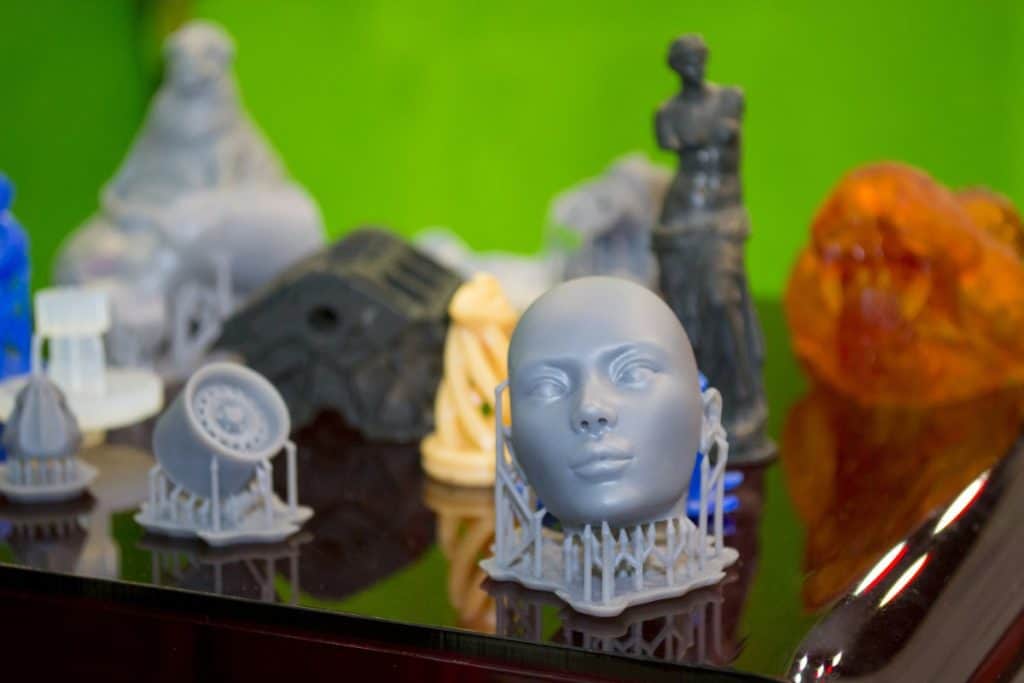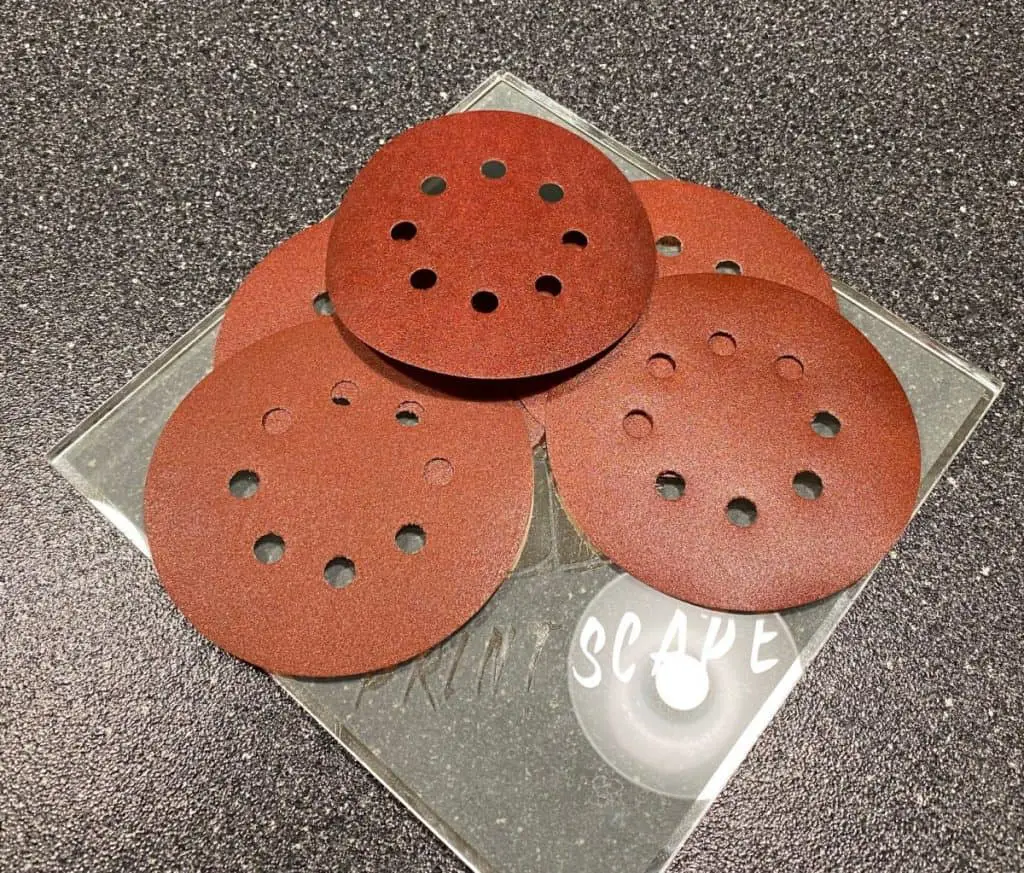You might use epoxy resin to add color to objects. Create all sorts of things with it like jewelry, figurines, and decor. UV resin, on the other hand, has sometimes been promoted as an alternative to epoxy resin. With that in mind, you may wonder what would happen if you put UV resin over epoxy resin or if it is even possible.
Can you put UV resin over epoxy resin? Provided the epoxy resin has cured fully, you shouldn’t encounter issues with putting UV resin over epoxy. You may find it useful to do this in cases with multiple translucent pieces to use as an adhesive. UV resin can also fill in bubble cavities.
If you’d like to learn more about the practical application for when you want to do this, keep reading. We will cover when and why you would do this. We will look at both to know when to use each of them and where both would apply.

Where Would You Want to Use UV Resin over Epoxy Resin?
Using epoxy takes time to learn. Pour it on too thick, and it can create cracks and bubbles. You can use the UV resin to apply it over the top to fill the bubbles or other mistakes as a quick and easy fix. Some people will use UV resin to stick two pieces of cured epoxy together like glue.
Another one of the uses for both of them would be for you to add UV resin on the surface of cured epoxy to give it a quick-rounded shine. People have also used UV resin as a layer to embed things into the piece, such as sand or glitter. In many cases, putting UV resin over epoxy will bring out the colors and shifting pigments of the piece.
UV resin over epoxy works in cases with organic shapes where you can’t sand them.
What to Keep in Mind When Putting UV Resin over Epoxy Resin
Before you would put the UV resin over the top of the epoxy, you will want to rough up the surface of the epoxy. You do this because it helps the UV resin bond to the epoxy better and avoids peeling at the edges. Also, be aware of how some of the UV curing methods may cause your epoxy to yellow sooner than usual.
Why Use Resin at All?
People use resin to create a custom look that distinguishes the work. Most commonly, you would use resin for jewelry. You can buy many types of resins, but the two biggest are UV resin and epoxy. UV resin will cure in 15 to 20 minutes for each layer. Epoxy, on the other hand, requires around 72 hours to fully cure. You must cure UV resin under sunlight or a UV lamp before adding the next layer.
While epoxy resin takes longer to cure, it offers greater adaptability to various functions. You can seal collages, cast shapes in molds, and create an enameled appearance.
Before you mix the two, you may want to master the properties of each one because resin takes time and practice before you achieve the best results. You need patience before you apply.
UV Resin: What You Need to Know
While UV resin shares similarities with epoxy, the processing differs greatly. For example, UV resin is already mixed and ready to use. You can only pour thin layers with it. The maximum thickness that you would want is 1 mm. Think of it as painting your nails.
If you had to choose one resin, you would want to choose UV resin as a beginner because you don’t need to mix and measure it. Also, the short curing time makes it easier to get feedback.
UV resin provides you with excellent scratch resistance, yellowing resistance, and stain resistance. It does harden fast, but it takes more time to fully cure. You could also put UV resin down on a piece and apply epoxy over the top. Just make sure that it has been cured fully. UV resin won’t work as well in cases where you cast a mold or require thick layers.
One of the downsides of UV resin is that it costs far more than epoxy when you consider volume. Think UV resin as more of the quick-fix type. The epoxy may take longer to cure, but it lasts much longer.

Epoxy Resin: What You Need to Know
Epoxy can be used in a variety of molds. Once you pour epoxy, a fully cured surface offers high durability and abrasion resistance. Mechanically strong, the material doesn’t deform. You might use epoxy resin for the following purposes:
• Adhesive purposes
• Jewelry decoration
• Decoration of work surfaces
With an epoxy, they will often use two parts for the mixture. It uses resin and a hardener. When you mix the two parts, it creates a chemical reaction that transforms the liquid ingredients into a solid. You will see this process happen as it transforms from a liquid into a gel into a solid. With epoxy, you will usually want to apply it to a thickness of 0.01 inches.
Getting Started
Before you begin with any resin, you want to set up in a well-ventilated and larger room with a clean space. You want this area out of the way from curious pets and children that might disturb the project. The epoxy should be applied in an area free of dust since this can impact the results.
After you pour it, you shouldn’t move it much as it cures. You may want to set it up on a piece of cardboard since it makes it easier to move the piece without disturbing it. Most resin will only have a shelf life of about one year.
Is UV resin as good as epoxy? UV resin lasts six months in comparison to an epoxy coating, which can last 10 to 20 years. With the proper maintenance and touch-ups, epoxy may last even longer. UV resin was intended as more of a quick fix or an extra tool, rather than the main tool.
Do you need a mask when using resin? You may want to wear an NIOSH respirator approved for dust when sanding, drilling, or grinding resin. This provides you with better lung protection whenever you work with resins. You will also want to use safety glasses to protect the eyes.

Is UV Resin for jewelry toxic? The UV resin has the potential to be extraordinarily toxic, and you should protect your whole body whenever handling it. Once it cures, UV resin is no longer toxic, and they even consider it food safe.
Related Articles
- Why Is My UV Resin Sticky After Curing?
- How Long Does It Take For UV To Cure Resin?
- Why Are My Resin 3D Prints So Brittle?
- SLA Printer Resins
- Resin Printer Speed: What You Need to Know
- Can You Resin Print Without Supports?
Conclusion
You can put UV resin over epoxy resin, and in fact, many people do this to give the epoxy more of a shine. Before you start to mix the two, however, you may want to learn how to use UV resin and epoxy to ensure that it looks its best when you mix the two resins. Epoxy especially takes time to learn how to use. You may want to practice mixing them before and master it you put the two on a cherished art piece. Figure out what works ahead of time.
Make sure you check out our YouTube channel, and if you would like any additional details or have any questions, please leave a comment below. If you liked this article and want to read others click here.
